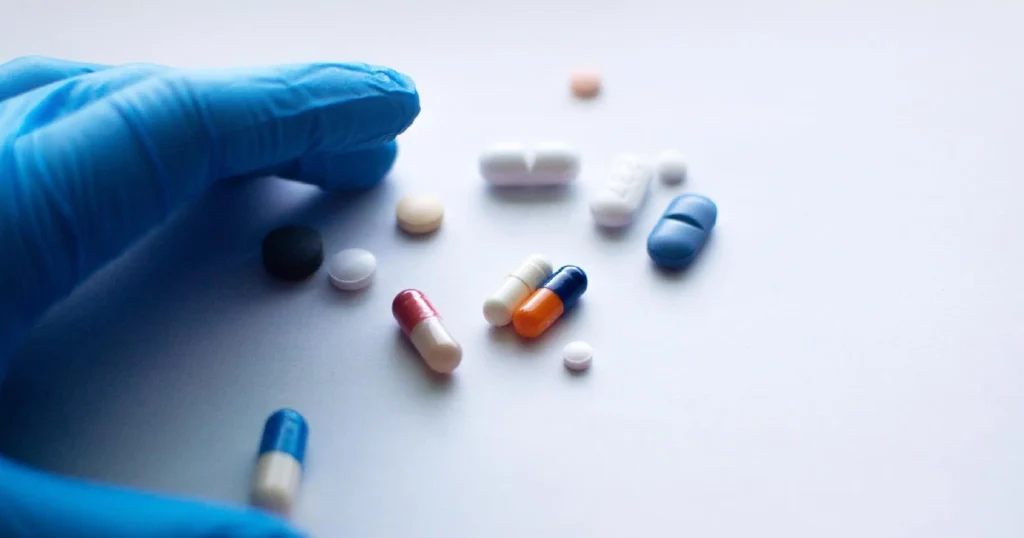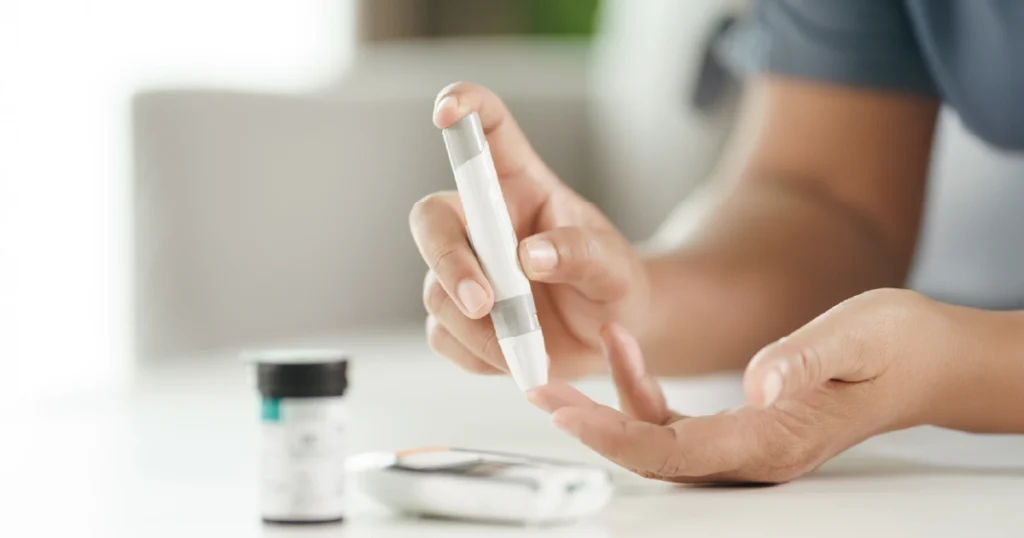Experts weigh in on what to bring for a healthy, stress-free trip.
As anyone who’s ever visited an emergency room far from home knows, an illness or accident can instantly undo the benefits of even the most relaxing vacation. In a foreign hospital, especially if you don’t speak the language, an unpleasant situation can evolve into a confusing — and sometimes expensive — nightmare. But while travel inevitably includes exposure to new germs and environmental elements, there are ways to mitigate the risk. Here, experts share their best advice on what to pack to minimize the chance of an on-the-road medical drama.
First, talk to your doctor — and your insurance company
Even if your destination doesn’t warrant typhoid vaccinations or anti-malaria medication, your health care provider may have some pre-travel recommendations. For example, if you’re traveling to an area experiencing a measles outbreak — which currently includes parts of the U.S. — you’ll want to make sure your shots are up to date, says Kawsar Talaat, an infectious disease specialist at Johns Hopkins in Baltimore. Your physician may also prescribe an extra supply of your daily medications as well as some just-in-case antibiotics. Note that levels of antibiotic resistance around the world vary and are always changing, so your itinerary will have an impact on which drugs will be most effective, says the physician Stuart Harris, the founder and chief of the Massachusetts General Hospital’s Division of Wilderness Medicine.
It’s also a good idea to contact your health insurance company to determine your level of coverage away from home, says Robert Hoke, an emergency medicine doctor at New York’s Mount Sinai Health System. While the country you’re visiting may provide free medical care, that doesn’t always apply to nonresidents. Finally, if you’re going somewhere very remote, consider buying evacuation insurance in case of serious injury or illness. “It’s an extra expense, but this is maybe not the place to skimp,” says Hoke, noting that emergency medical flights can cost tens of thousands of dollars out of pocket.

Consider any chronic conditions
It’s best to carry daily prescription medications in their original containers. “If you’re a customs person looking at a bunch of pills and you don’t know what they are, it can cause problems,” says Talaat, who also recommends bringing more than you need, in case of travel delays. If you’ve ever been prescribed an asthma inhaler or EpiPen, make sure to bring it — even if you’ve never used it at home. “You’re going to be trying different foods and using different soaps,” says Hoke. “This isn’t the time not to have it.”













